 The selection process to find the ideal EHR software takes time, but choosing the right system can result in improved patient care, increased efficiency and reduced costs. This is why it is important to define your practice’s needs before starting your search, to research vendors thoroughly, and to understand how an EHR might benefit you in the long run. Though there are many questions you should ask yourself before you start examining your options, these four fundamentals are a good place to get started:
The selection process to find the ideal EHR software takes time, but choosing the right system can result in improved patient care, increased efficiency and reduced costs. This is why it is important to define your practice’s needs before starting your search, to research vendors thoroughly, and to understand how an EHR might benefit you in the long run. Though there are many questions you should ask yourself before you start examining your options, these four fundamentals are a good place to get started:
1. Think about what makes your practice unique.
To choose the right EHR for your practice, you first need to determine what makes it different from the average healthcare organization. Is your specialty uncommon? Does your workflow differ greatly from other clinics? Do you use an old billing system that might not be easy to integrate with a new EHR? If you take the time to think about your practice and how it operates, it will be easier for you to come up with questions to ask potential EHR partners. The more thorough your questions and research, the more likely you will be to end up with the right EHR.
2. Get to know the EHR vendor.
Researching an EHR system to ensure that it meets all of your practice’s needs is important, but you also want to make sure that you do your homework and get to know the EHR vendor. Once your electronic medical record system is installed, is the vendor going to be there to help you customize the software? Will their training and support team help make sure you make it to your “go live” date and that your staff is adequately prepared? The relationship with your vendor is ongoing, so make sure that they are people you want to work with.
3. Consider the importance of mobile-ready EHR software.
More and more doctors want to use their smartphones to connect to their EHR, yet few electronic medical record systems provide this useful capability. Whether your have the need for this feature now or think you might in the future, make sure the EHR vendor you partner with provides software that is mobile compatible. Being able to access patient records on-the-can help you respond to patient requests, view scheduled appointments, and monitor important test results for critical patients even when you are out of the office.
4. Choose an EHR that will grow with your organization.
Mobile capabilities aside, there are many other EHR features that few systems have but that are likely to be the norm in coming years. Patient portal software, for example, is gaining importance as providers prepare for Meaningful Use Stage 2. Even if you are not participating in Meaningful Use and have no plans to in the future, you will eventually want a patient portal to meet patient demands. If you don’t want to use that feature quite yet, you can always ask your EHR vendor if you have the option to add it in the future. EHRs that can be customized, that easily adapt to changes in workflow, and that can interface with other software tend to be systems that make physicians happier long-term.
Call 480-782-1116 or contact us online to learn more about our certified, mobile-ready EHR software.
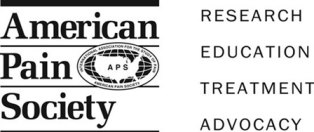 The American Pain Society will be holding their 33rd Annual Scientific Meeting in Tampa, Florida this year from April 30-May 3 – and 1st Providers Choice will be attending as a Pain Management EHR software exhibitor.
The American Pain Society will be holding their 33rd Annual Scientific Meeting in Tampa, Florida this year from April 30-May 3 – and 1st Providers Choice will be attending as a Pain Management EHR software exhibitor.


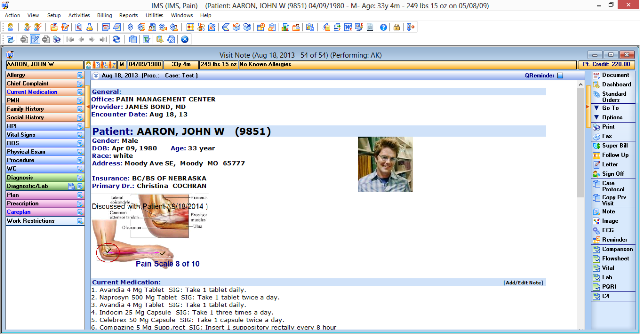


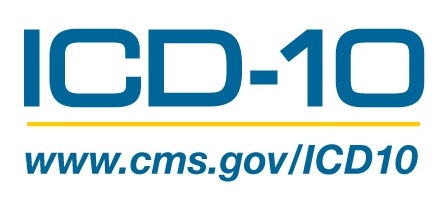 Healthcare providers can breathe a sigh of relief. Implementation of ICD-10 code sets has been delayed another year thanks to a bill passed in the Senate on March 31. The controversial Protecting Access to Medicare Act of 2014, which passed with a vote of 64 to 35, has pushed the compliance deadline to October 1, 2015.
Healthcare providers can breathe a sigh of relief. Implementation of ICD-10 code sets has been delayed another year thanks to a bill passed in the Senate on March 31. The controversial Protecting Access to Medicare Act of 2014, which passed with a vote of 64 to 35, has pushed the compliance deadline to October 1, 2015. The
The 
 The Arizona Osteopathic Medical Association (AOMA) will be hosting its 92nd annual convention next month, from April 9-13 in Scottsdale, Arizona – and 1st Providers Choice is attending to showcase their
The Arizona Osteopathic Medical Association (AOMA) will be hosting its 92nd annual convention next month, from April 9-13 in Scottsdale, Arizona – and 1st Providers Choice is attending to showcase their 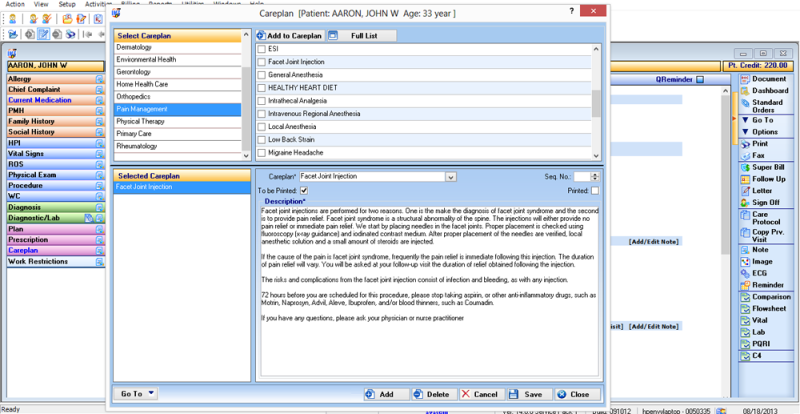

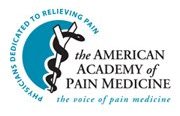 The American Academy of Pain Medicine (AAPM) is holding their 30th annual Pain Medicine conference this March, titled the Emerging Science & Research of Pain Medicine – and 1st Providers Choice is proud to announce that our
The American Academy of Pain Medicine (AAPM) is holding their 30th annual Pain Medicine conference this March, titled the Emerging Science & Research of Pain Medicine – and 1st Providers Choice is proud to announce that our 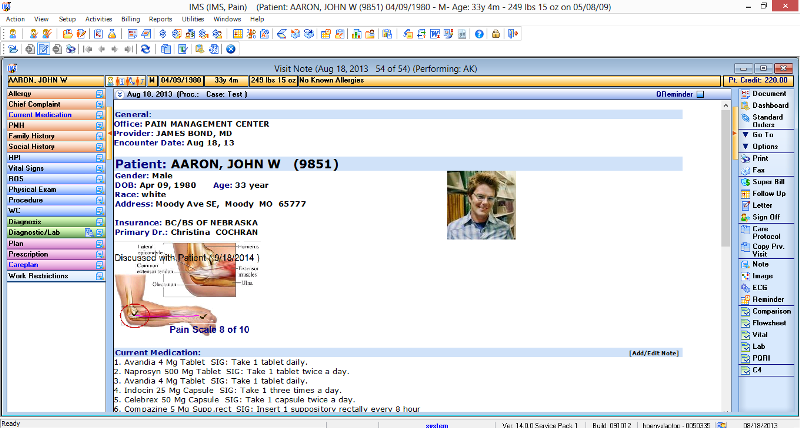
 The selection process to find the ideal
The selection process to find the ideal 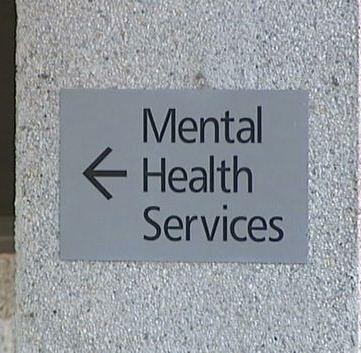 Times are changing in the medical field, and it’s not hard to see why. Modern technology has brought about a myriad of benefits, facilitating higher efficiency, accuracy and convenience for both doctors and patients alike. Through the use of
Times are changing in the medical field, and it’s not hard to see why. Modern technology has brought about a myriad of benefits, facilitating higher efficiency, accuracy and convenience for both doctors and patients alike. Through the use of